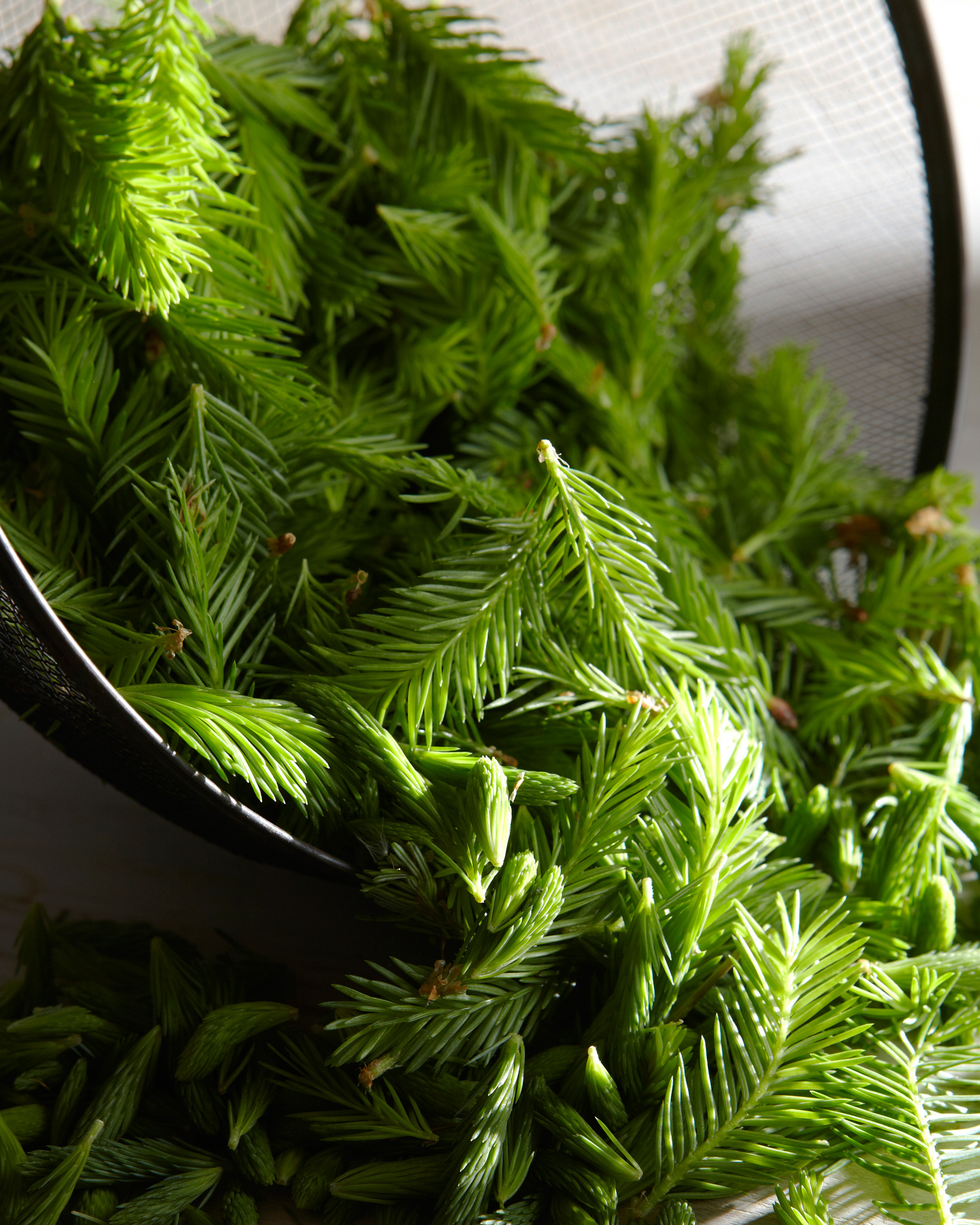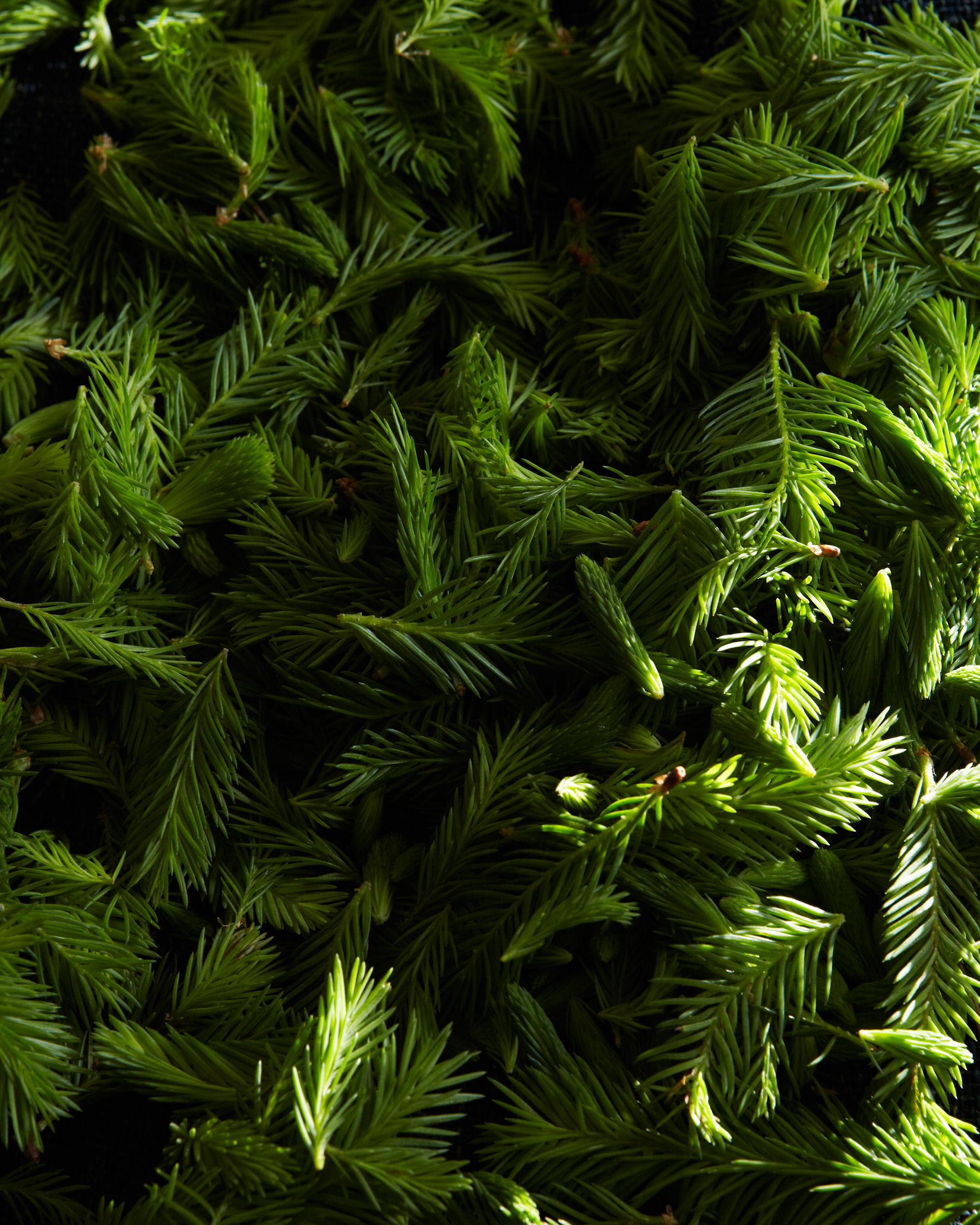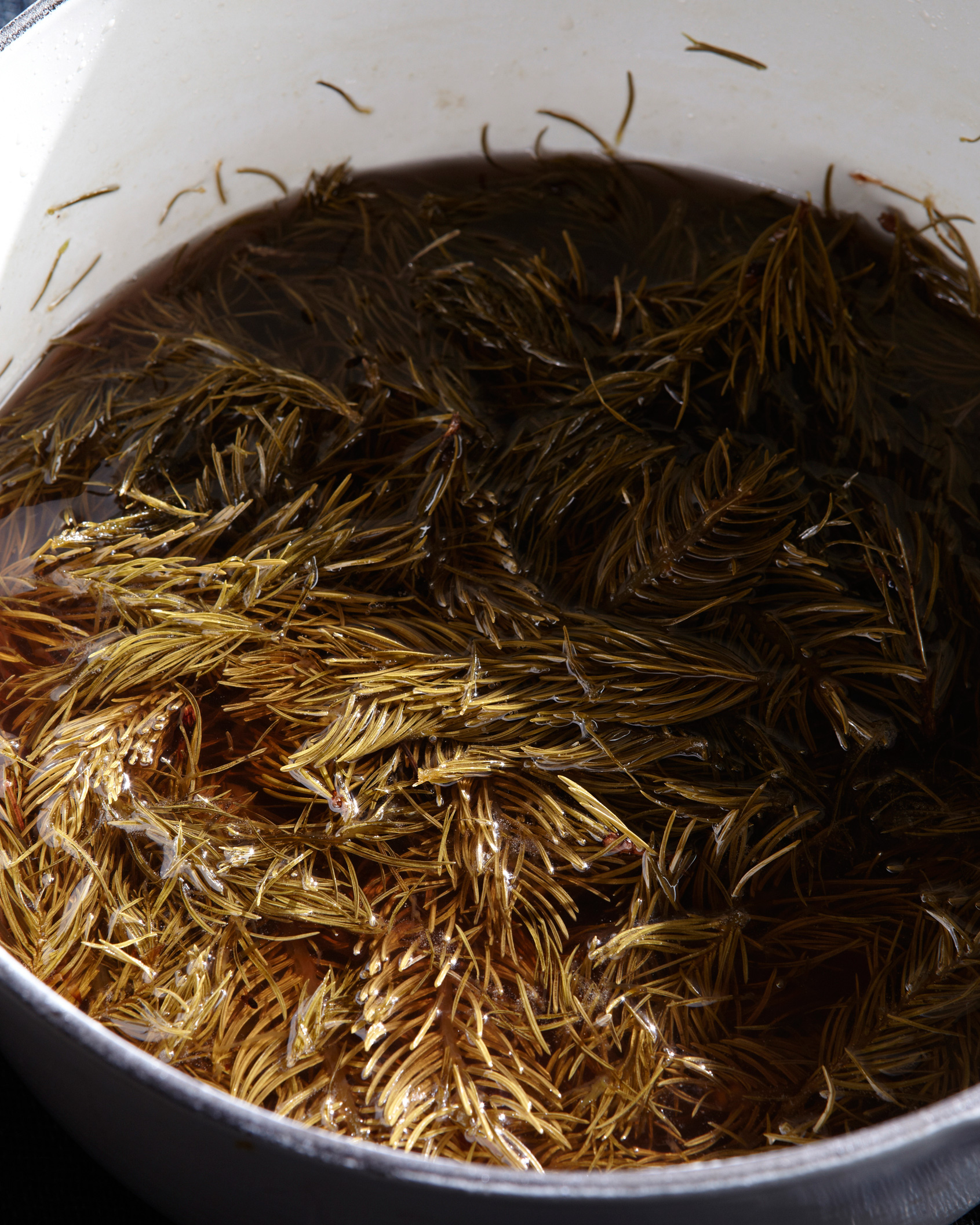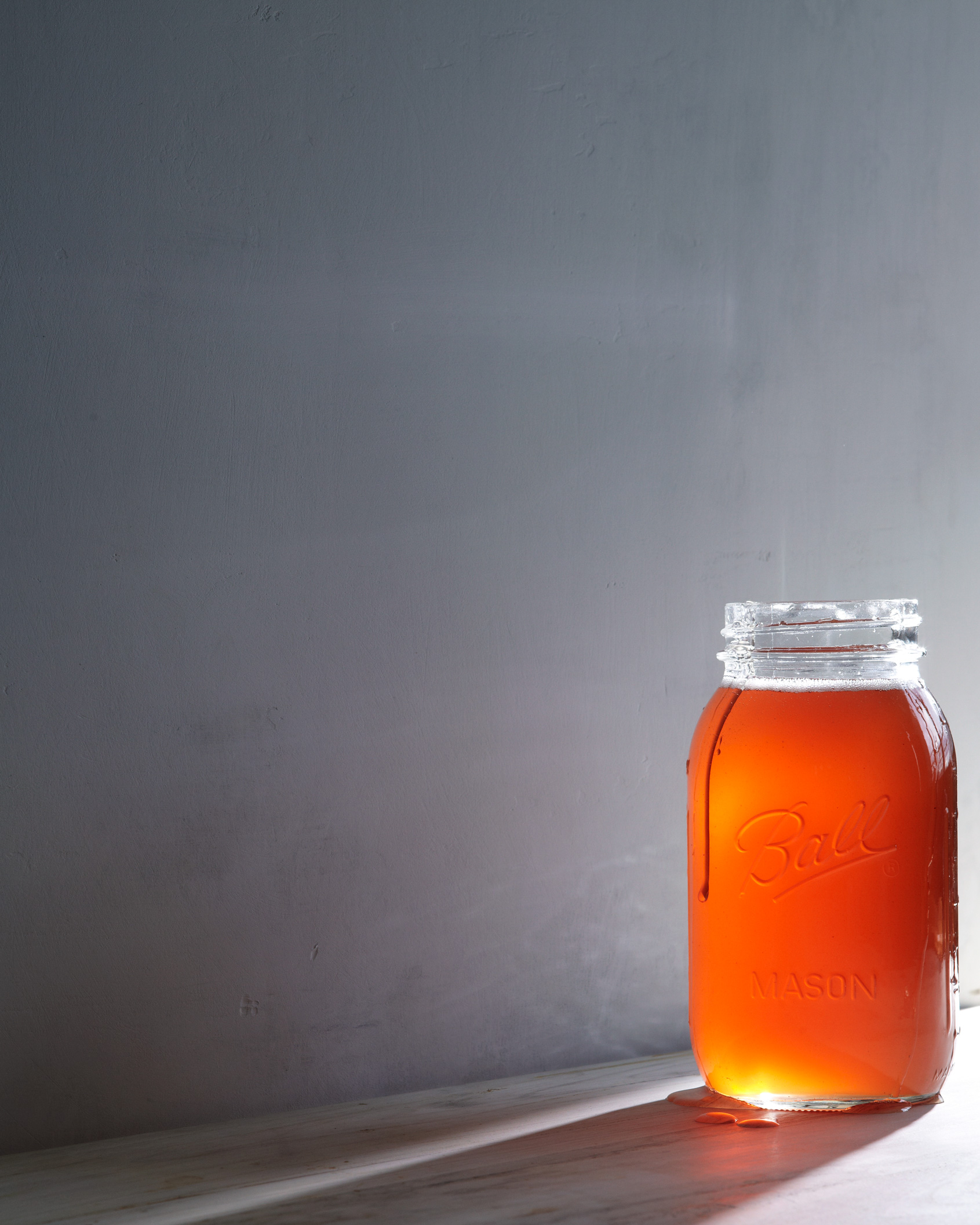where the wild things are no.19. fried milkweed blossom.
 06.24
06.24 Milkweed is the new kale... just saying.
You might encounter milkweed on some menus this summer as it is popping up all over the place. I first heard about fried milkweed blossoms last year, through my friend Emily from Four and Twenty Blackbirds. I immediately looked for some Upstate but was too late in the season for the young blossoms. I made a mental note to not miss them this year. I had a chance to collect some with Evan Strusinski in Southern Vermont last week. They taste a little like asparagus but with a broccoli like texture and they remind me a bit of squash blossoms or day lilies in taste. After a bit of research, I have found that the many parts of this much-maligned weed are edible. If you are interested in wild edibles you may want to pick up Stalking the Wild Asparagus or Petersen's Field Guide To Wild Edibles. Research wild crafters or foragers in your area and make a point of taking a class with them. Always properly identify a plant before eating it! Milkweed in its early growth stages can be confused with Dogbane, a poisonous plant but in its later stages of growth it is easy to identify. You may know the Common Milkweed already, as the plant that attracts the Monarch butterfly. The Monarch depends solely on this plant for its survival. Farmers have never been great fans of this weed as it grows along the edges of pastures and fields and sometimes colonizes and can encroach on crops. Cows and sheep won't touch it. You will often see a field eaten clear down to stubble with the exception of a few lone milkweeds. The plant can be harmful to livestock so this is why they don't eat it. I don't think I ever knew that milkweed was edible. However, I had heard somewhere long about the sixth grade, when we were studying migration, that you could make cloth, paper or rope from the fibers of the pods and stalks but that was about the extent of my knowledge. There will be more recipes in the near future using milkweed as this was a tasty hit at a Brooklyn party yesterday afternoon! It dissapeared in minutes. I made a batter of spelt flour and dark beer and served them with a generous squeeze of lime and juniper salt. I kind of wish I had some right now!
As a total aside... milkweed fluff was used during World War One to stuff life jackets and flight jackets and has higher insulative property than goose down! You can purchase comforters made with a mix of down and milkweed fluff from the Ogallala Down Comany in Nebraska. The seeds of the Common Milkweed plant also happen to be full of Omega 7's.
Fried Milkweed Blossoms with Juniper Salt and Lime
1 cup spelt flour
2 eggs
1 cup of dark beer
Juniper salt
Lime
Combine the eggs, flour and beer until a smooth batter is formed.
Clean and wash the milkweed blossoms. I left a bit of stem and some tender leaves on some as I thought it was pretty.
Blanch the blossoms quickly and throw in an ice bath. This takes away any acidity or toxicity.
Pat dry.
Dip the blossoms and leaves lightly in the batter and set on a plate to allow the extra batter to drip off.
Fry the blossoms in vegetable oil until golden. The exposed bits of leaves and stem will be a brilliant green
Drain on paper towel or brown paper bag. Squeeze with lime and garnish with sea salt.
I crushed some juniper berries in some sea salt and used that for a spicier woodsy flavor.











